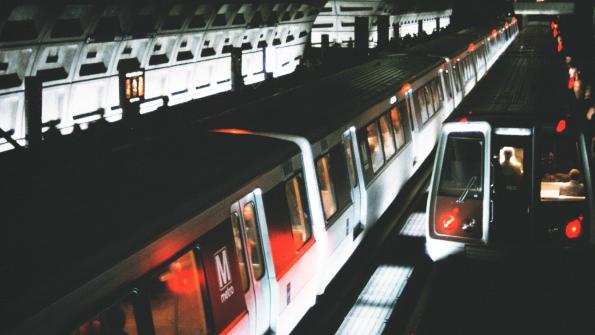Strong transit system linked to economic development
The economic strength of a metro area’s city center may be related to the quality of its local transit system, according to a report from the Center for Neighborhood Technology.
The report, which focused specifically on Chicago, found that urban areas anchored by public transit are essential to the economic, environmental and social sustainability of a region.
Between 2000 and 2010, four of the nation’s five cities with extensive rail transit systems (those with 325 or more stations) achieved growth and development within transit zones (the land area within a half-mile of passenger rail stations) that outpaced growth in outlying areas. Cities where transit zone growth surpassed regional growth include New York, Philadelphia, Boston and San Francisco. Chicago was the only extensive public transit city where regional growth outpaced transit zone growth.
While the causes for Chicago’s lag are myriad and nuanced, the report points to one key factor: during the past decade, Chicago’s household transportation costs have risen at a faster rate than the median household income. This means Chicagoans are paying more for transportation and experiencing reduced access to jobs.
Other factors contributing to Chicago’s stagnating transit zone growth may include a Chicago Housing Authority plan that eliminated more than 18,000 units in the city, many of them within the transit zone, according to Streetsblog. Another factor is small family sizes within the transit zone, which may be caused by a lack of child-friendly neighborhoods accessible by public transit.
“Urban sprawl has continued to be the dominant development pattern in the Chicago region,” according to the report, which recommends Chicago adopt policy that fosters a more controlled, transit-oriented development (TOD).
The report had several recommendations for promoting TOD in Chicago, including:
Creating TOD zones, or areas free from development barriers near rail stations. Barriers include land use policies complicated by local governments, regional, state and federal policies.
Preserving affordable housing. Readily available mixed-income housing is important to realizing the benefits of TOD. Promoting policies that prioritize housing assistance in TOD zones, and enforcing existing state requirements for affordable housing in all communities will help Chicago achieve this goal.
Matching jobs and transit. A systematic effort to expand transit services to job centers, which have been slowly moving away from mixed-income neighborhoods, would help alleviate some of the city’s problems – specifically with air pollution and traffic congestion. Increasing incentives for businesses to open in transit zones, as well as encouraging commuters to use transit, to bike or to walk would also be beneficial.
Providing alternatives to car ownership. Chicago should support the growth of car sharing services, build a more extensive bicycle infrastructure and create more pedestrian-friendly streets to fill the gaps its transit system cannot.
Prioritize TOD across agencies. Coordination between different departments to remove barriers to TOD will help attract the private investors necessary to fully develop TOD zones.
For more information, read the full report.





















Very interesting. The issue
Very interesting. The issue is why is Chicago as a city less competitive vis a vis the suburbs compared to other cities with high quality transit systems. Chicago has been successful as of late in terms of attracting suburban based business headquarters back to the city. However, Chicago is very very big and like Philadelphia, has more housing and space available than can normally be absorbed.
Plus and this is a big big negative, how significant is Chicago’s wacked development regime, which is dependent on the approval of the Alderman representing the particular district in which a project is proposed. That must make “predictability,” which developers also are calling for, extremely suspect.